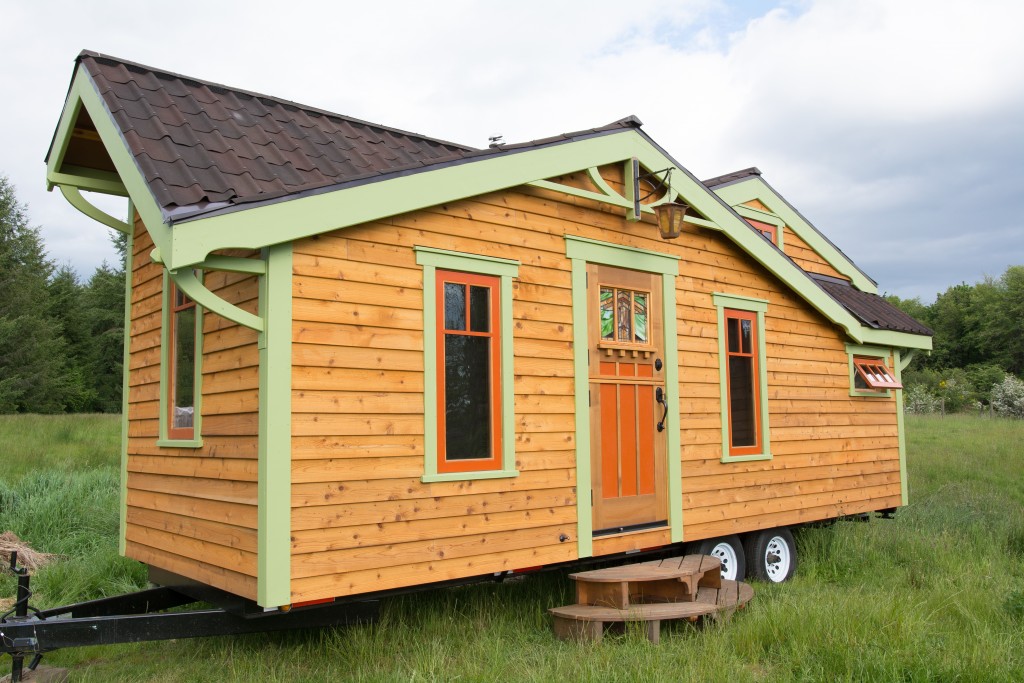The trend for tiny houses continues to grow as years go by, with more and more states also welcoming these types of dwelling units. Tiny living is perfect for individuals or families who what to simplify their lives and live with less. If you’re tired of paying for mortgages and want a lifestyle filled with freedom and adventures, this is the way to go.
Tiny houses are for anyone who is focused on self-sufficiency, environmental consciousness, sound fiscal plans, and most of all, life simplification. These living spaces come in all forms, sizes, and shapes, but all are designed to offer simpler living in a more efficient structure. If you want to be a part of this movement, check out the tips below to learn what you should do when building your own tiny home.
-
Check the local laws
Different municipalities and states are still struggling to develop a code for tiny houses. Do not begin the project without researching the laws in the location you’re planning to settle temporarily or permanently. Check the community’s zoning ordinances about the specifics and if they are really welcoming small dwelling units like tiny houses. In most cases, some allow tiny houses to temporarily park in public areas but should be on the move every two weeks or so.
- Create a
clear plan
After educating yourself with zoning laws, you can now start working on a detailed plan for your tiny home. Proper planning can help you avoid wasted time and unanticipated costs during the project. First off, do some research and decide what tiny home layout and design suit your needs. This is also a crucial factor in the materials you’ll need and the overall cost. Make sure to also focus on the size of the house and consider the local laws too.
With a great plan, you can make a 20-sqm house feel more comfortable to live in and look bigger than it actually is. One way to achieve this is by installing sliding windows and doors to eliminate the space when you use swing types.

-
Set a realistic budget
Checking your finances is a crucial process. Before you get excited about shopping for your home’s materials or furniture, you need to have a budget estimate first. This includes the costs for all the materials and work required for the completion of the project. Some things to consider are the furniture and appliances, trailer purchase, plumbing and electrical, roofing, insulation, and framing.
Be realistic about what you can afford and create a practical and sensible budget for your tiny house construction. Furthermore, it’s also advisable to add an extra 10% for contingencies for expense surprises during the construction. If you can find bargains or cheap shops that can help reduce the costs, that’ll be better. Just make sure that you’re not sacrificing the quality for a low price.
-
Determine what to shrink
Most people have the idea that you must shrink everything when you live in a tiny house. But that’s not really the case. In fact, you are compromising on the quality of your space if you extensively shrink your bed or bathroom. Instead of thinking about how to shrink everything, focus on multifunctionality. Find pieces of furniture that have multiple purposes, like beds or couches with storage cabinets underneath. You can also put storage units in your staircase or adaptable walls that can become a desk when pulled out. Make your living space adaptable.
-
Use reclaimed and salvaged
materials
If you’re on a limited budget, using reclaimed or surplus materials is a smart decision. This not only allows you to save a great amount of money but also reduces your house’s impact on the planet. You can inquire about used building supplies and materials on construction sites, vacant houses, houses for demolition, or supply businesses. Or you can even check out the construction dumpster as this is a good site for scoring good sheets of plywood. But of course, don’t forget to always ask for permission as well.
If you’re planning to use reclaimed and salvaged materials, remember that they are more labor-intensive than new ones. At the same time, scoring or gathering takes great time and effort. But if you’re really into environmentalism and more personalization, this is an ideal option.
Building a tiny house can be challenging, but all that effort will surely be worth it in the end. Follow these tips and start building a living space that can help you appreciate the lifestyle of living with less!





